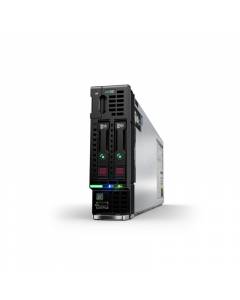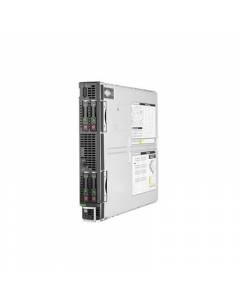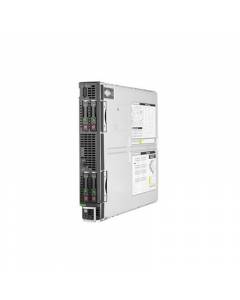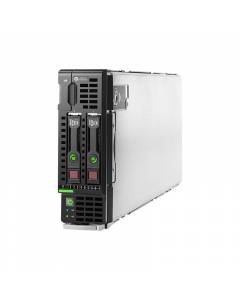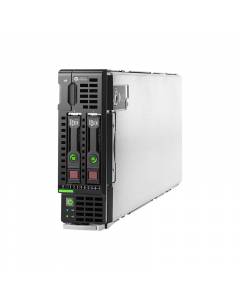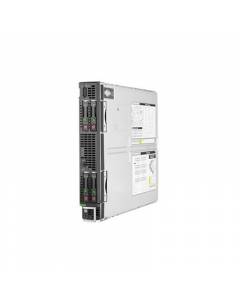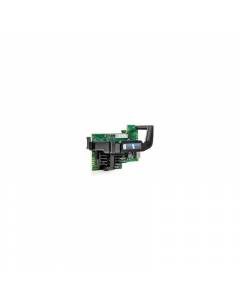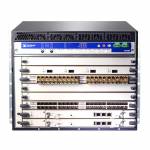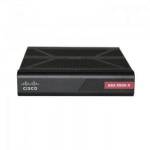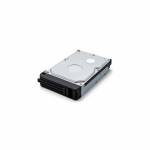HPE Blade Servers
HPE blade servers are a form of highly efficient and modular computing infrastructure designed to maximize performance and flexibility in data centers. These servers are specifically engineered to fit into a shared blade enclosure, allowing for dense server deployments and streamlined management. Let's explore the key features and benefits of HPE blade servers:
1. Density and Scalability: Blade servers offer high-density computing with multiple server blades housed in a single enclosure. This compact design allows data centers to optimize space utilization and increase the number of servers without requiring additional floor space. Blade systems can scale easily by adding more blades to meet growing business demands.
2. Modular Design: Blade servers feature a modular architecture that simplifies server management and maintenance. The blade enclosure provides shared power supplies, cooling infrastructure, and network connectivity, reducing the need for redundant components in each individual blade. This modularity streamlines installation, upgrades, and repairs, saving time and effort for IT administrators.
3. Simplified Management: HPE blade servers come with integrated management tools and software that enable centralized administration of the entire blade infrastructure. Administrators can monitor and manage multiple servers from a single management interface, simplifying tasks such as configuration, firmware updates, and resource allocation. This centralized management approach improves efficiency and reduces management overhead.
4. High Performance and Efficiency: Blade servers are designed to deliver exceptional performance while optimizing energy efficiency. They leverage the latest processor technologies, high-speed memory, and fast storage options to handle demanding workloads. The shared infrastructure of blade enclosures improves power efficiency by reducing the number of power supplies and cooling components required.


